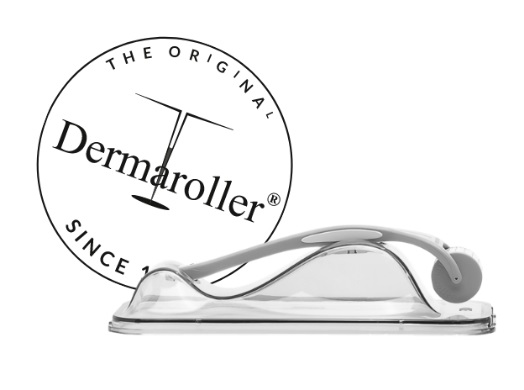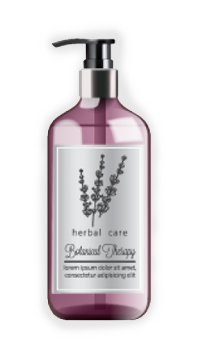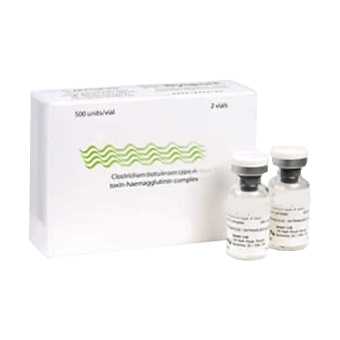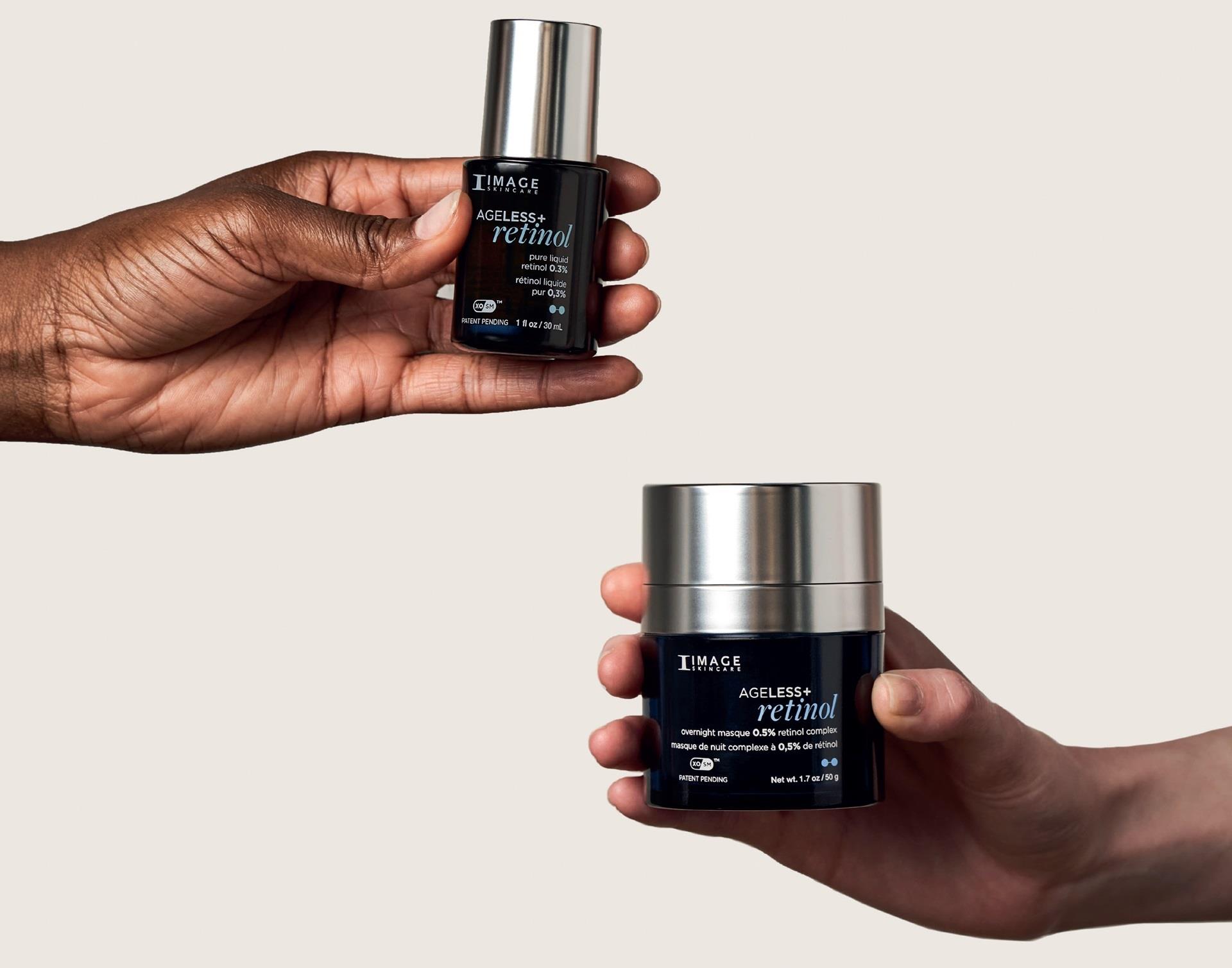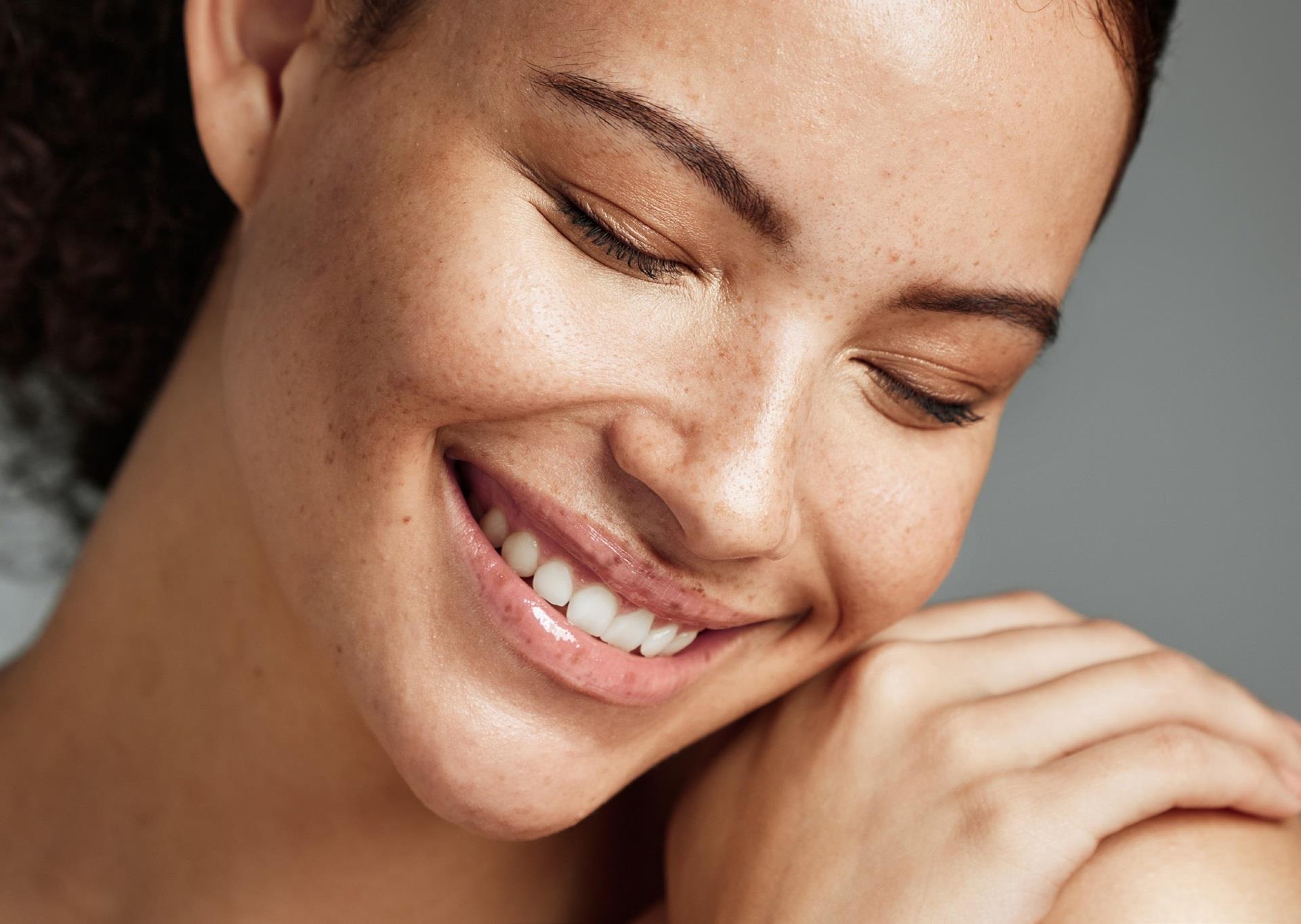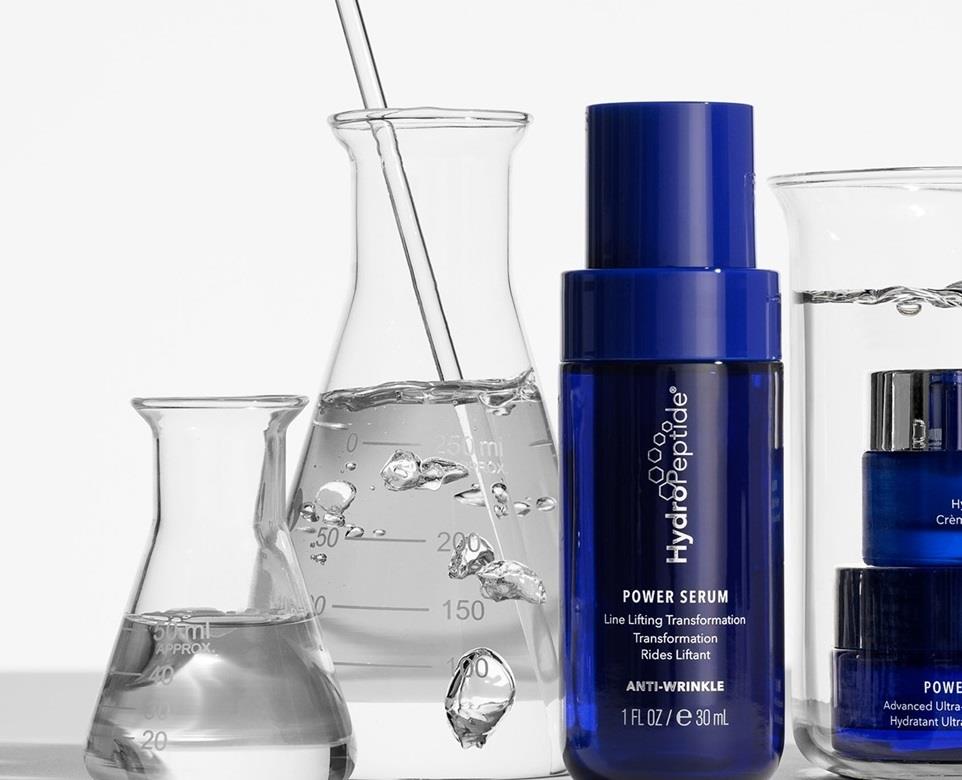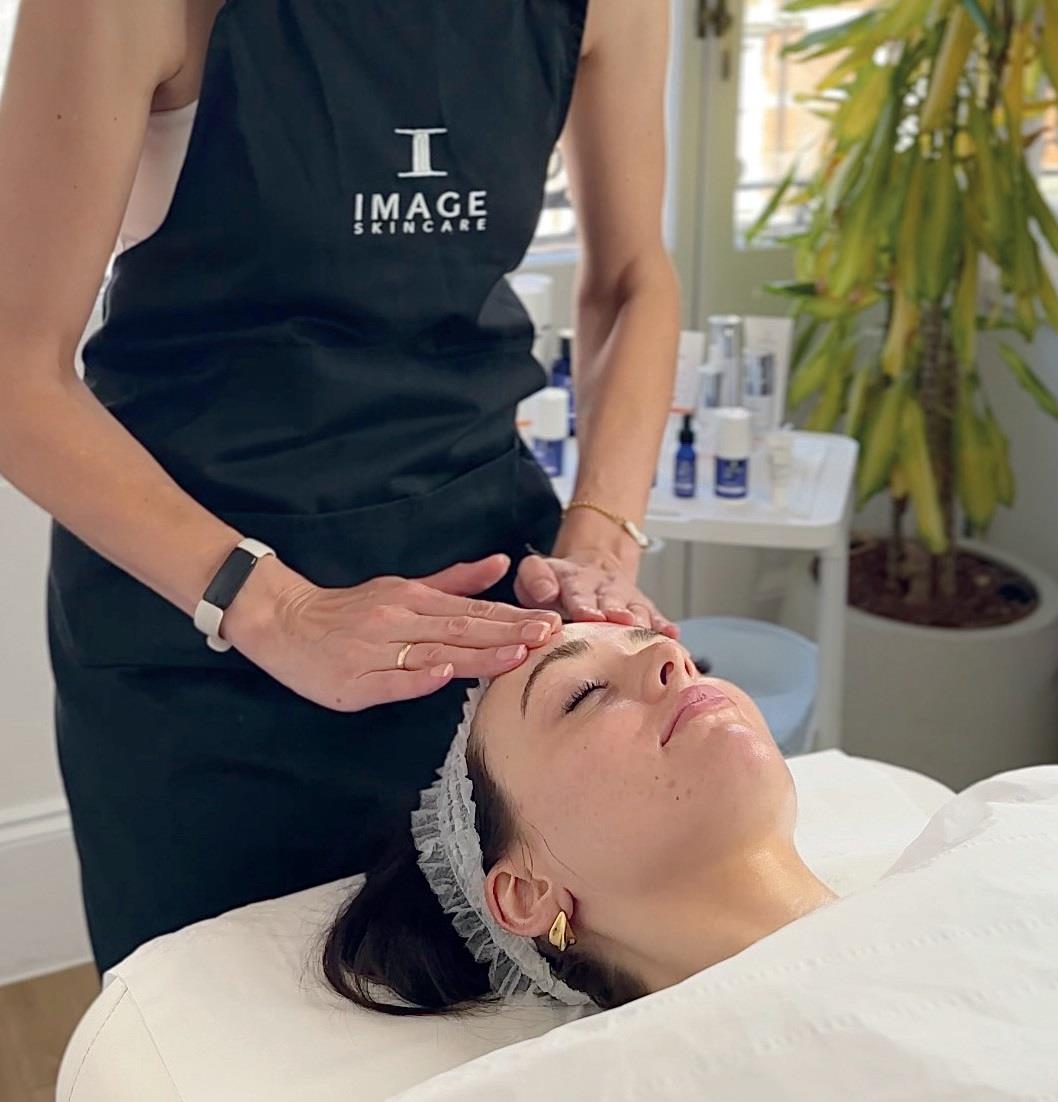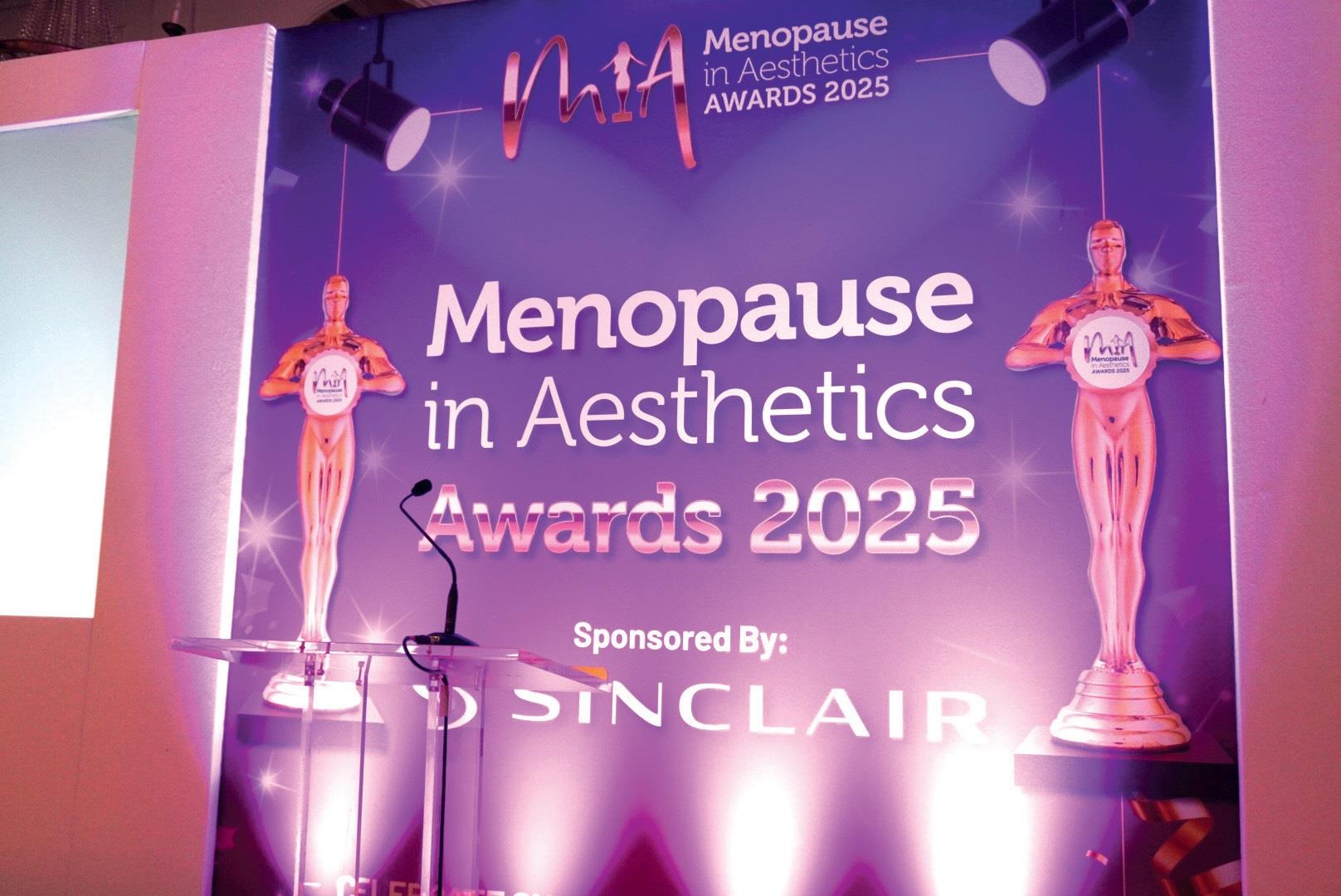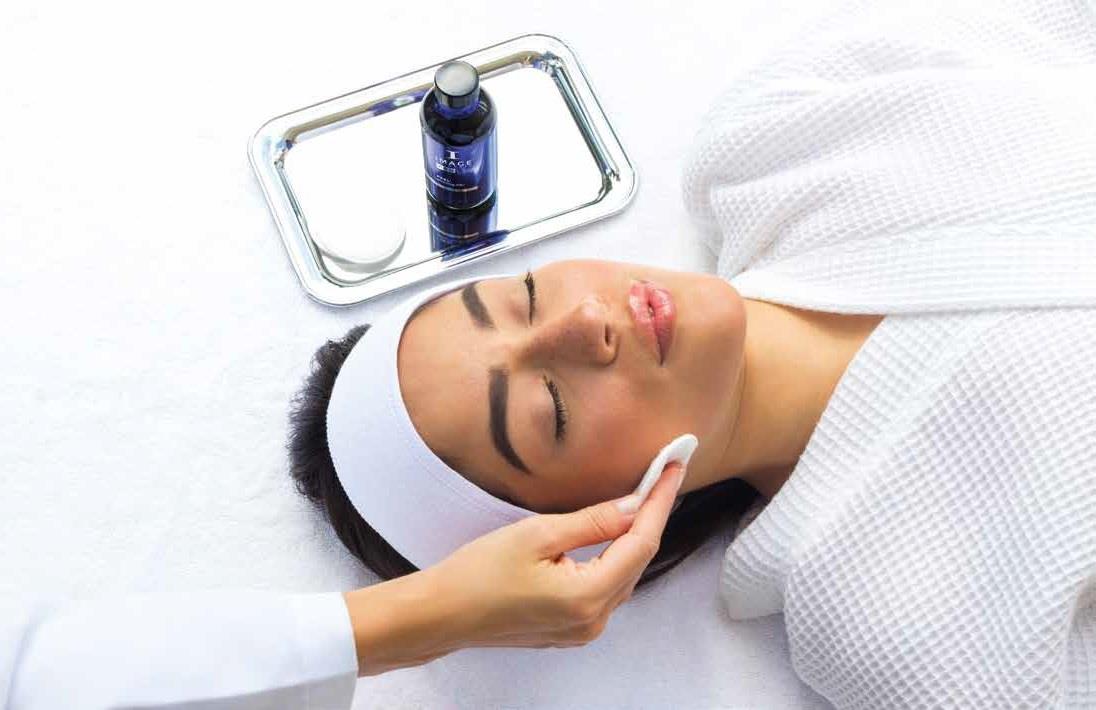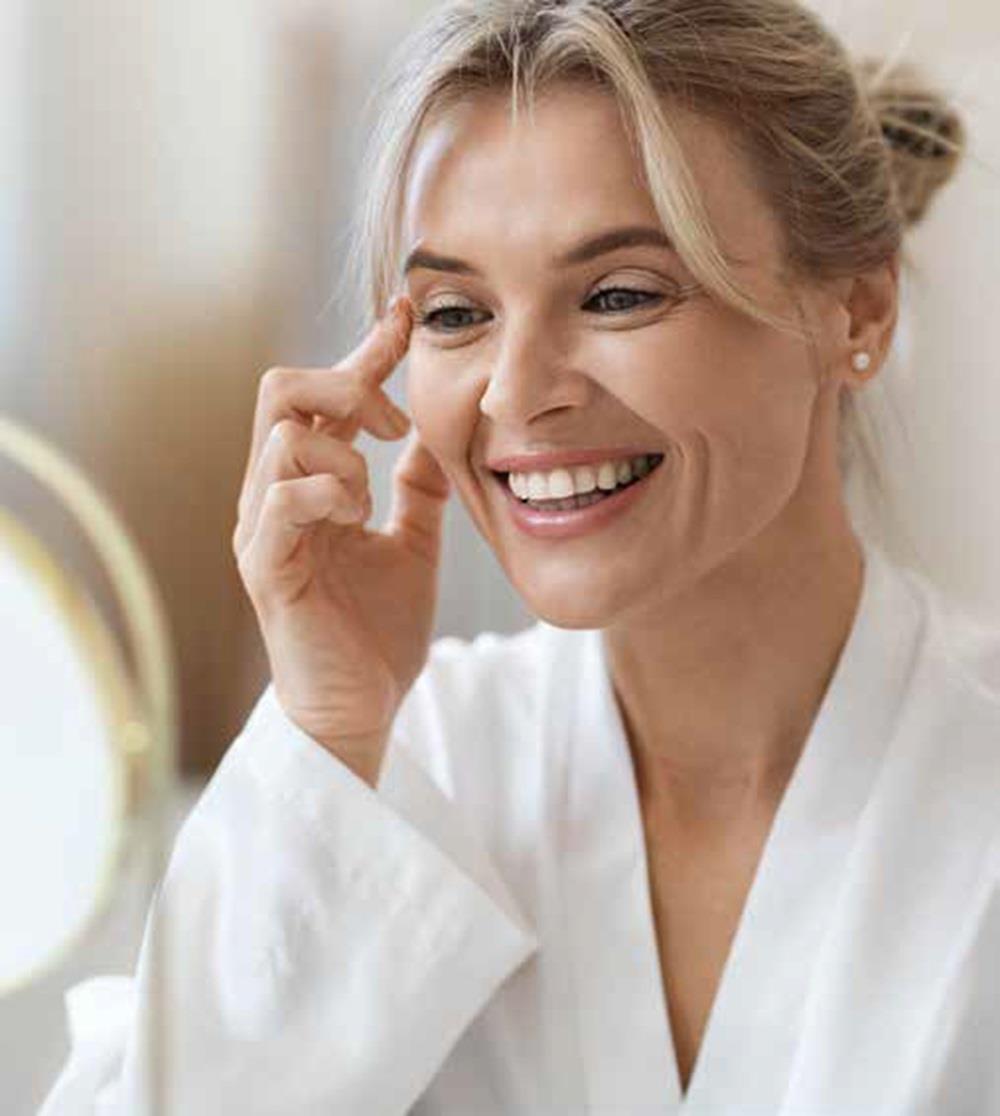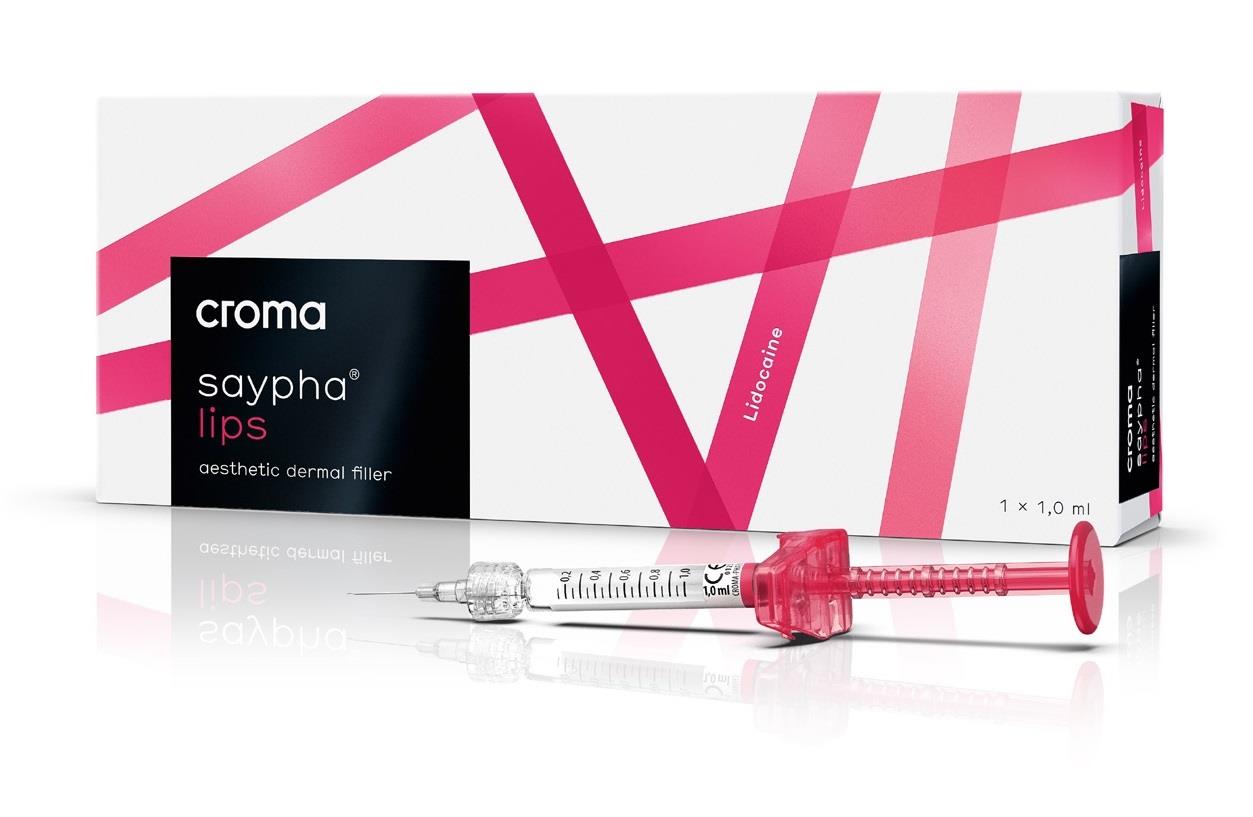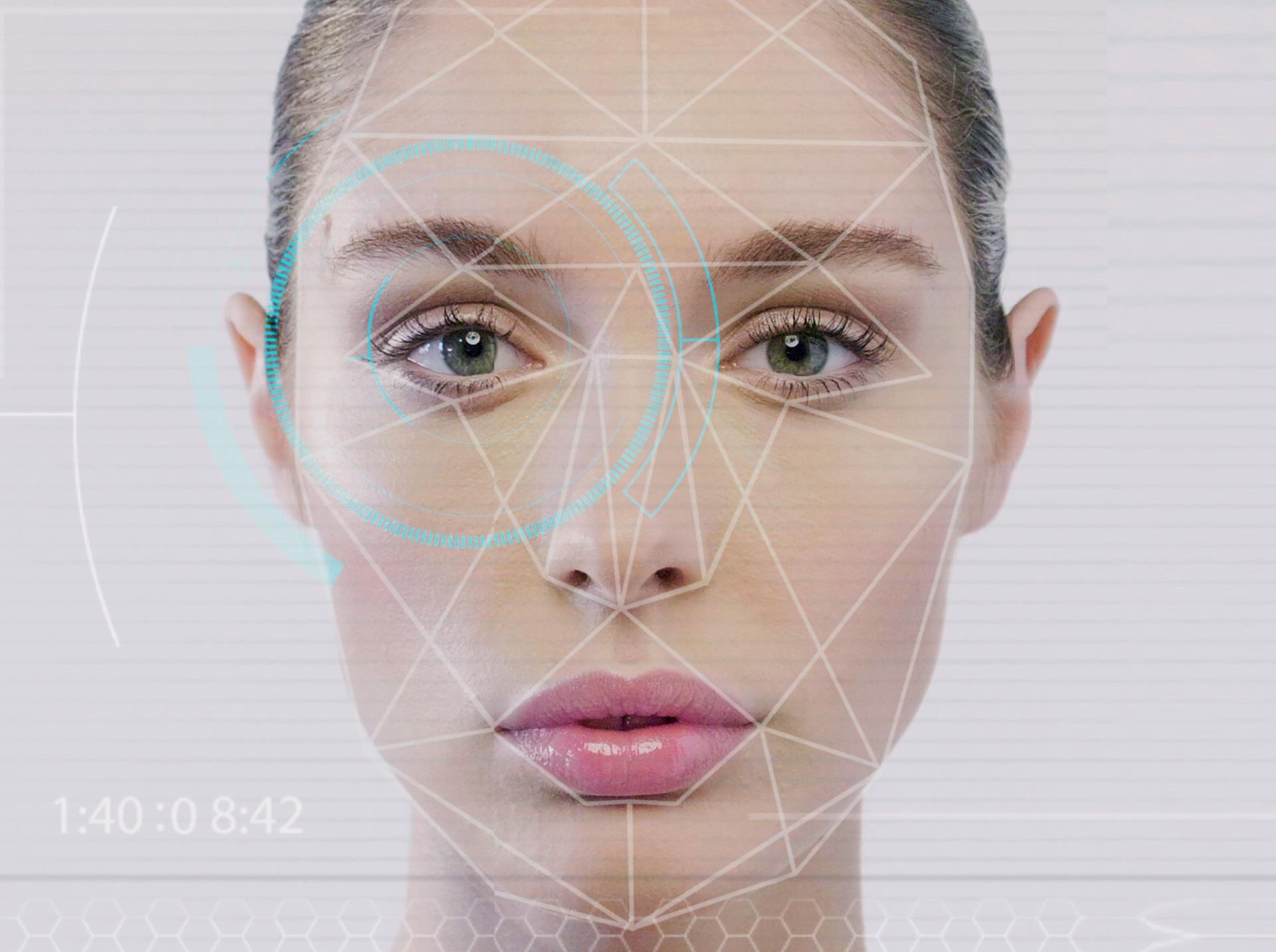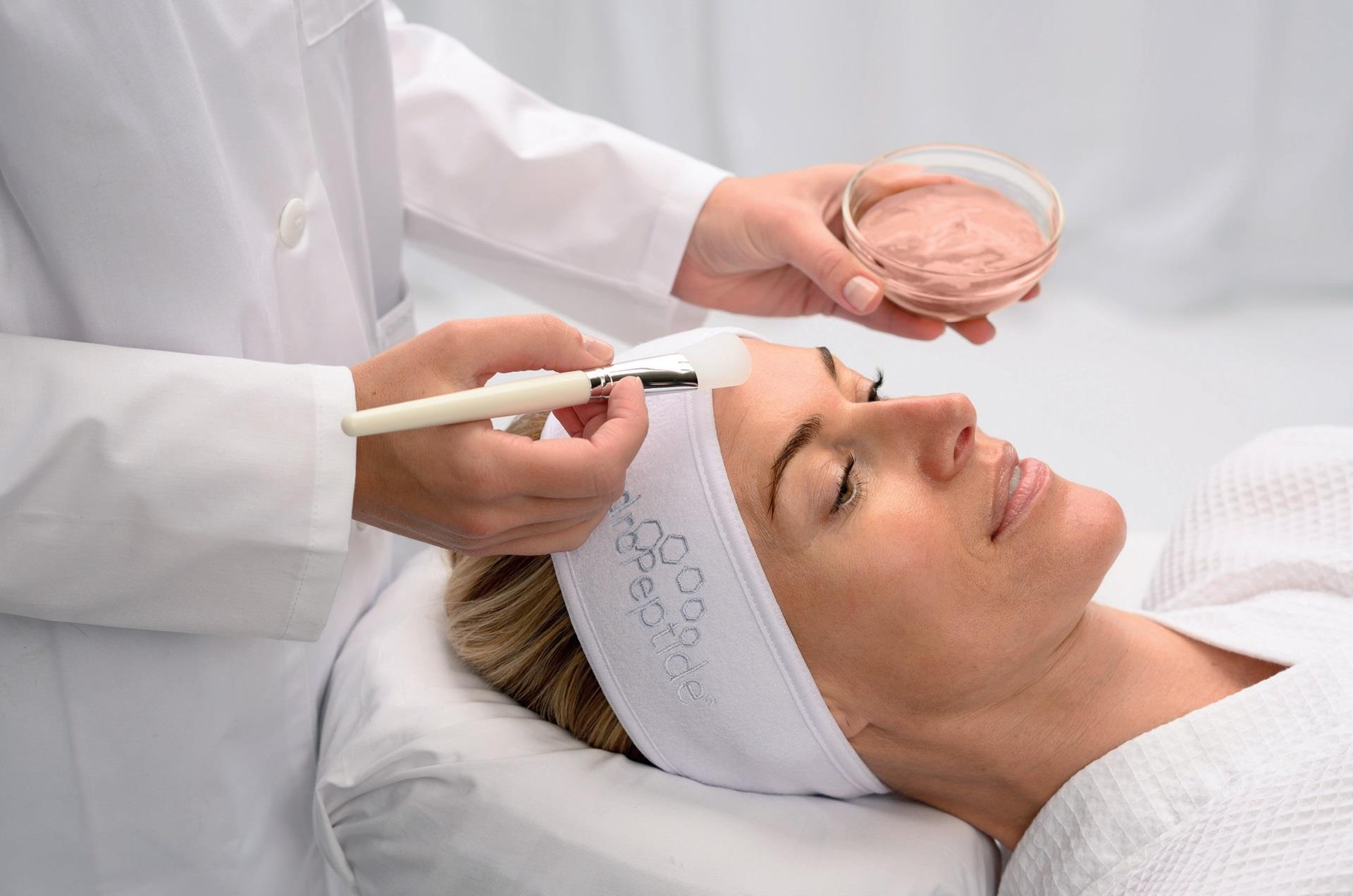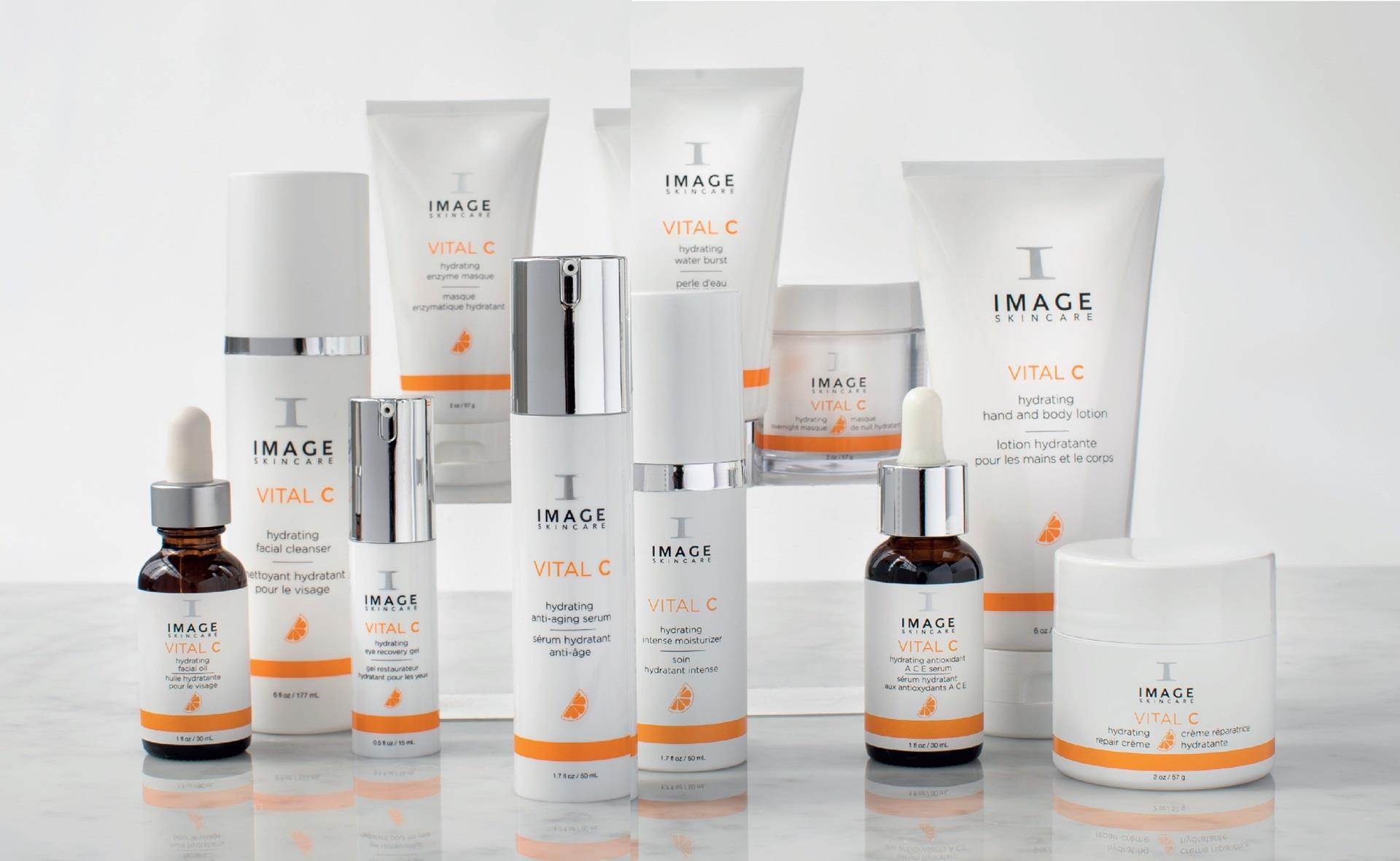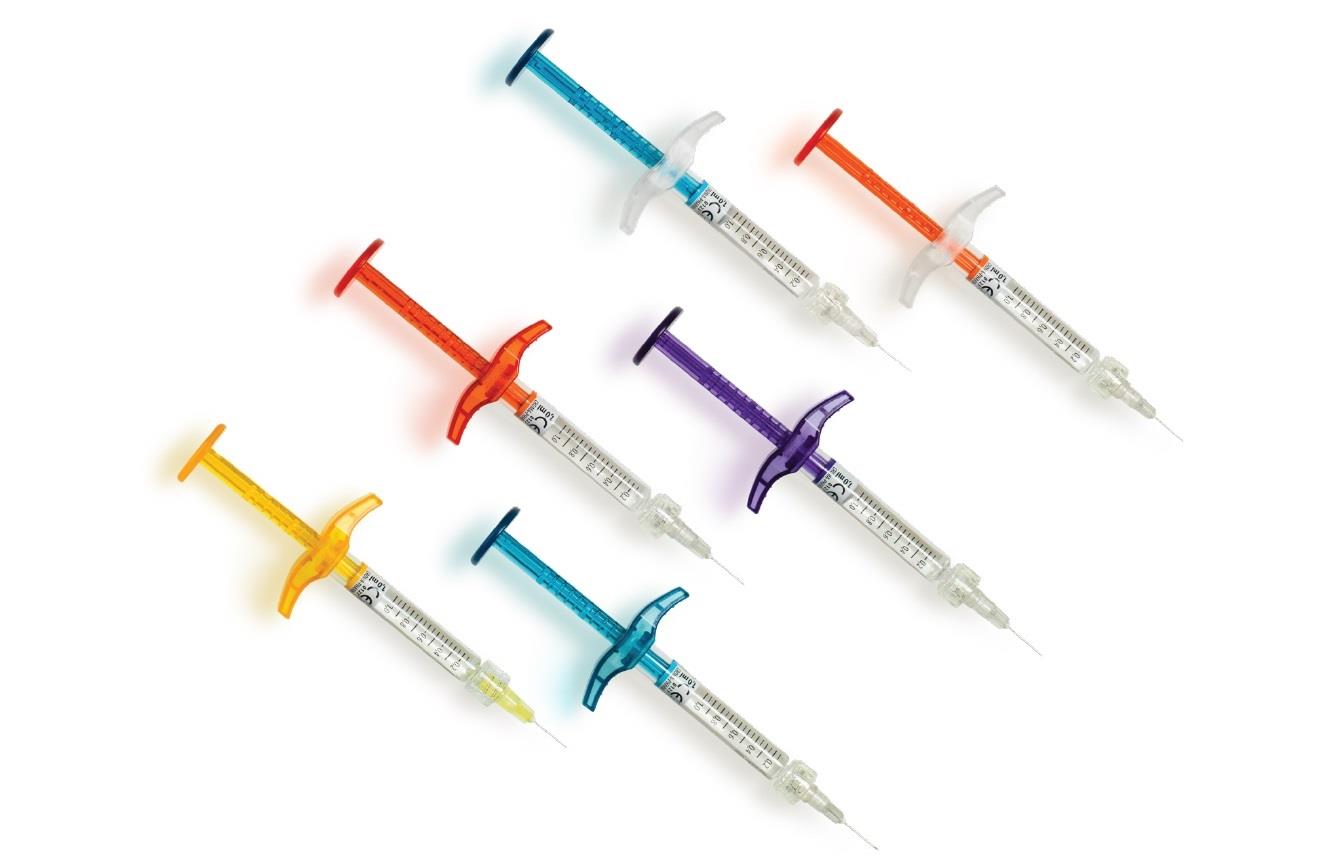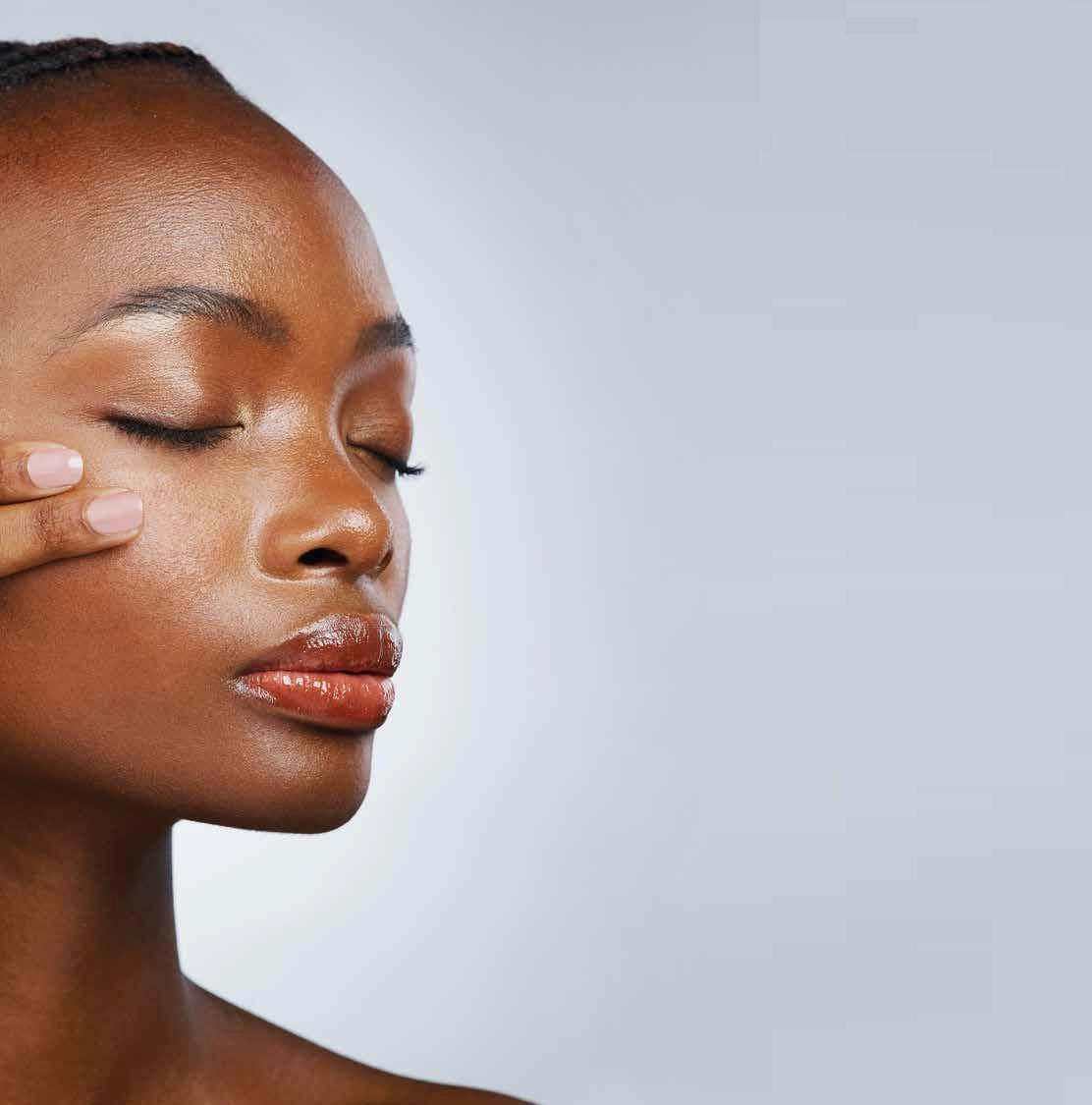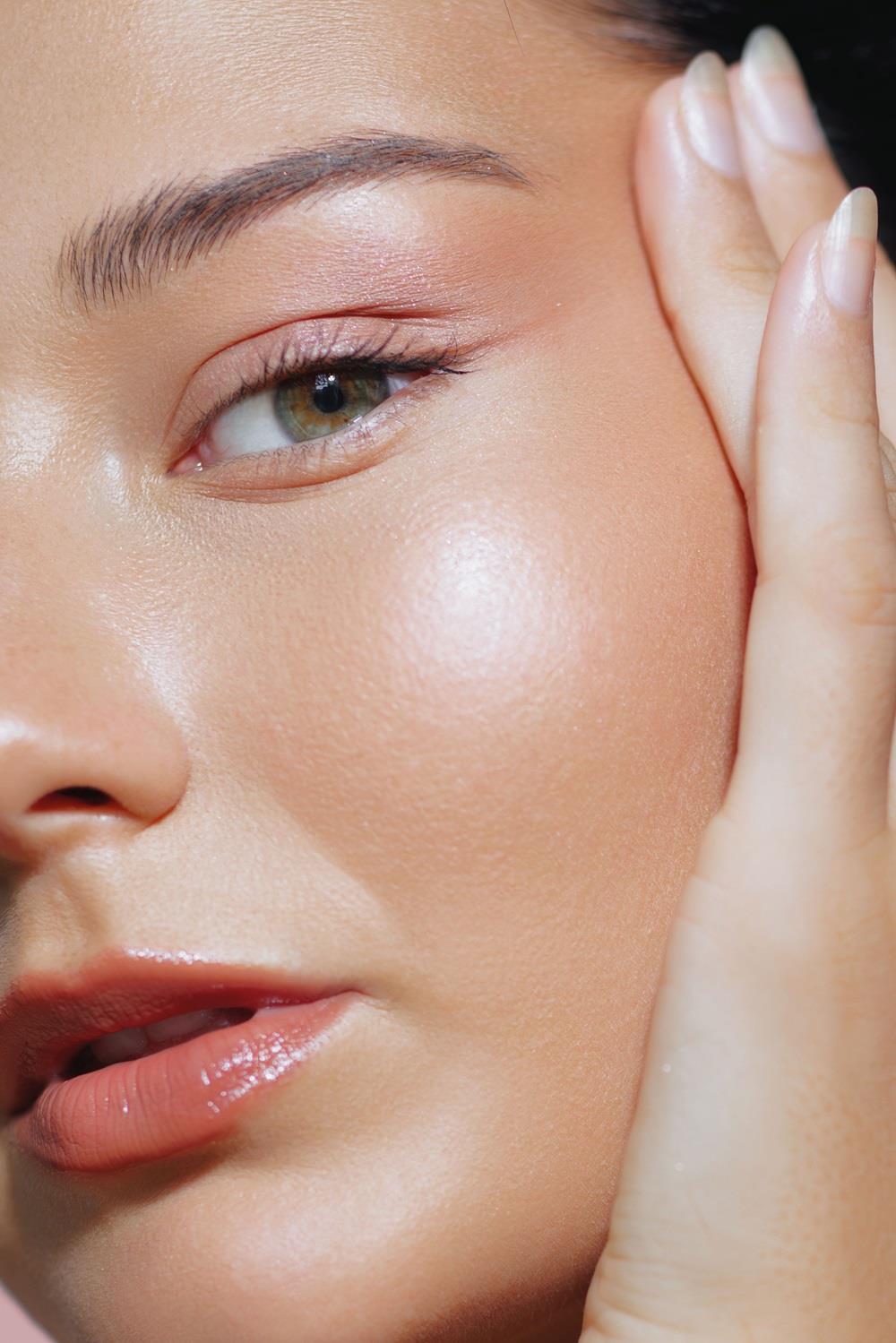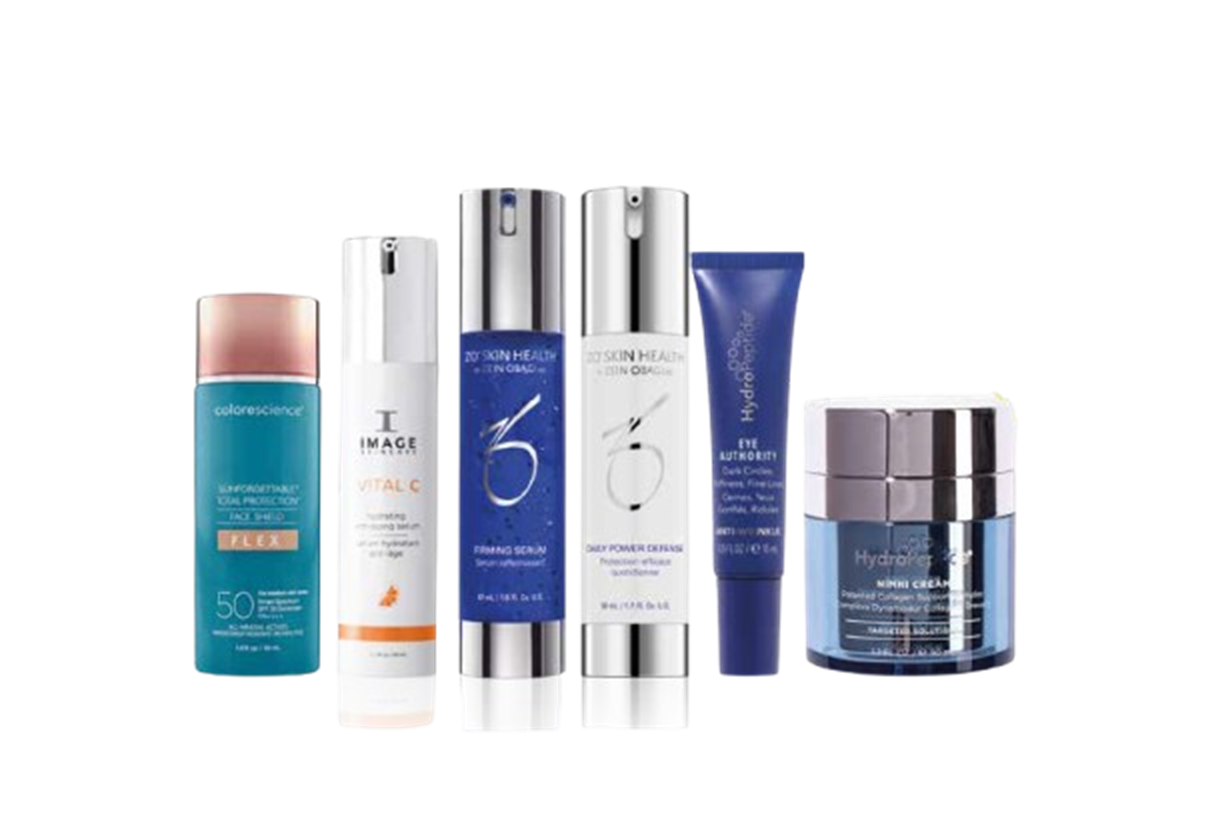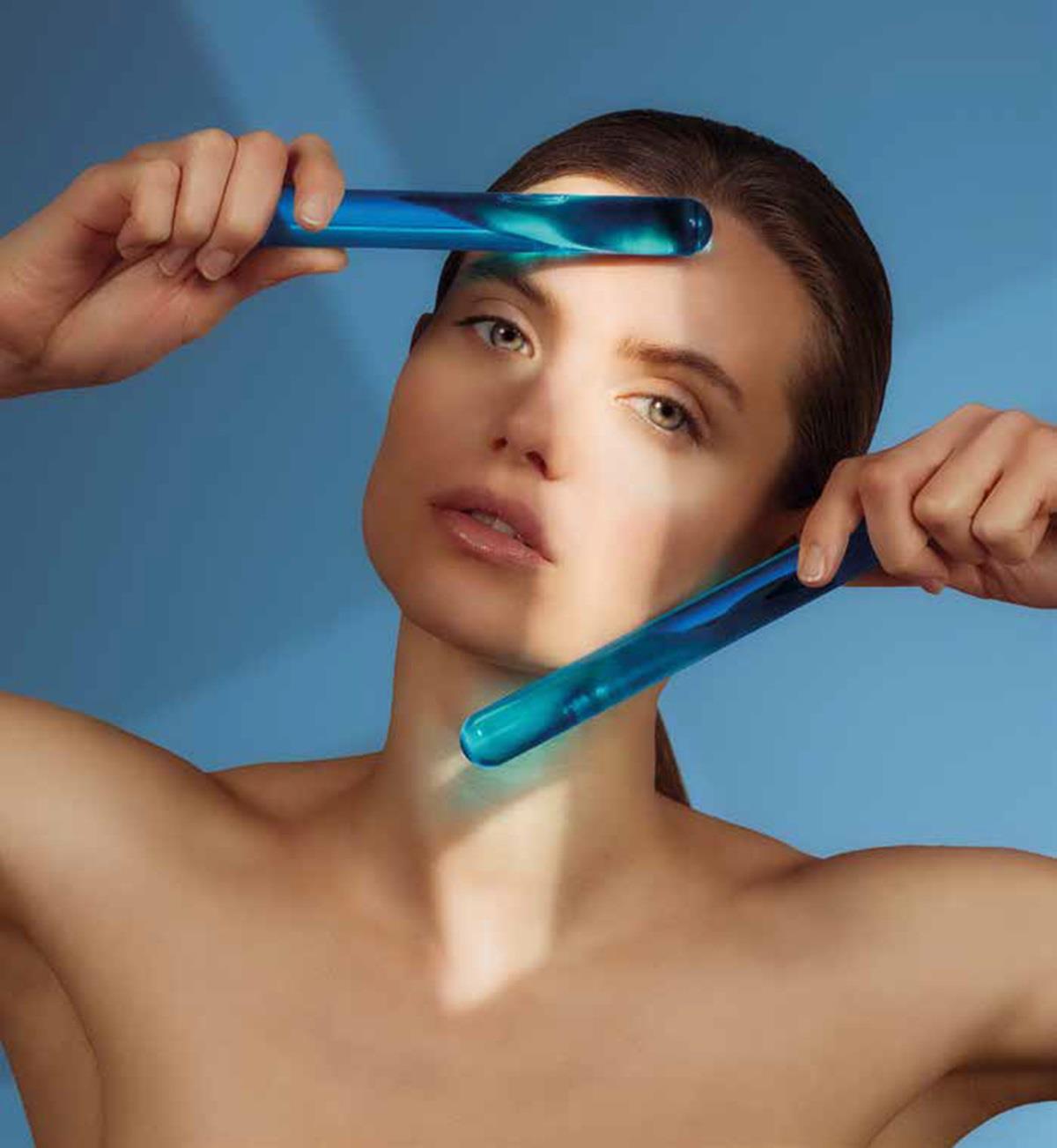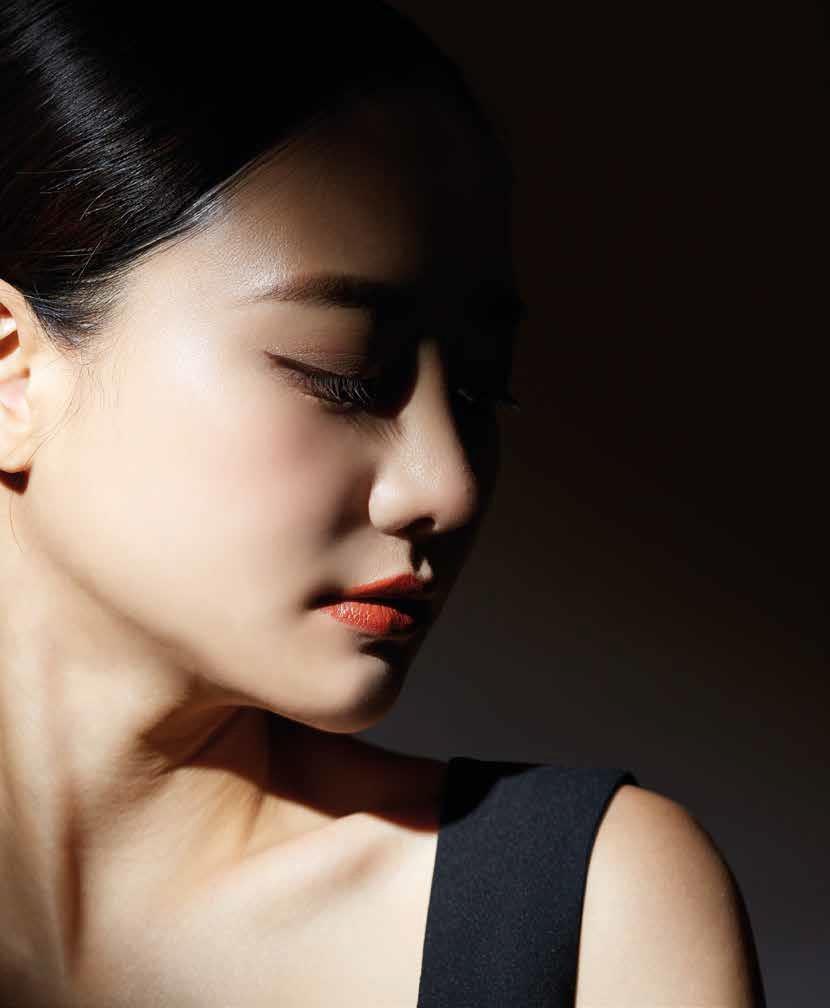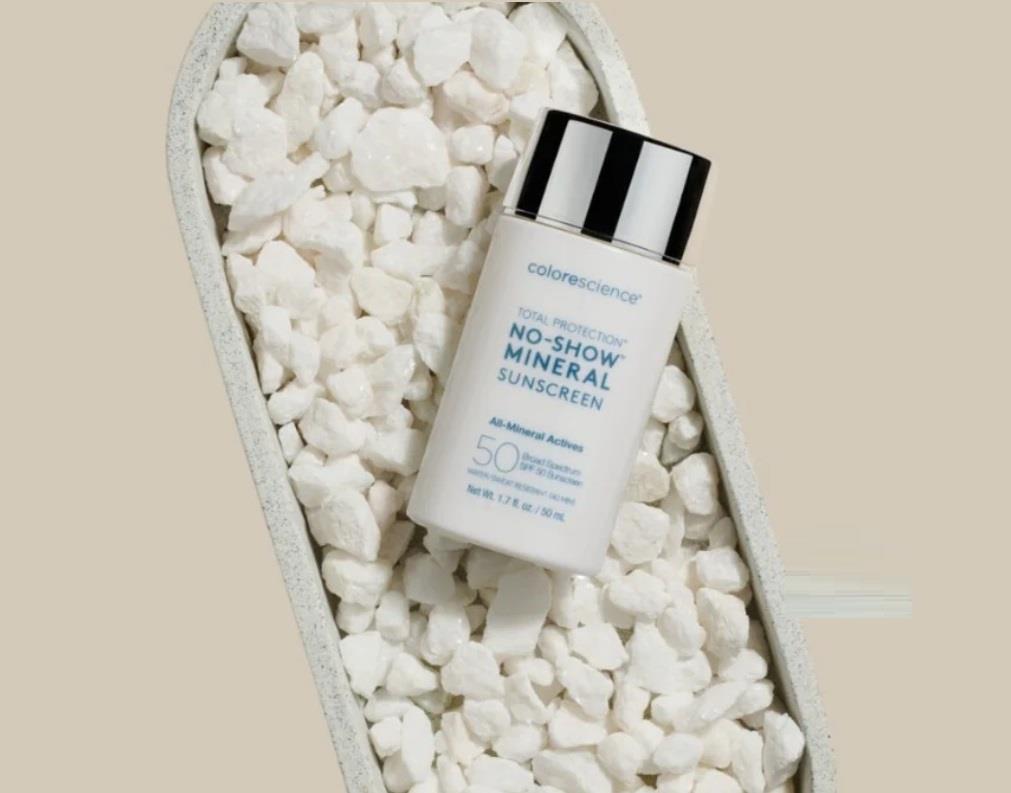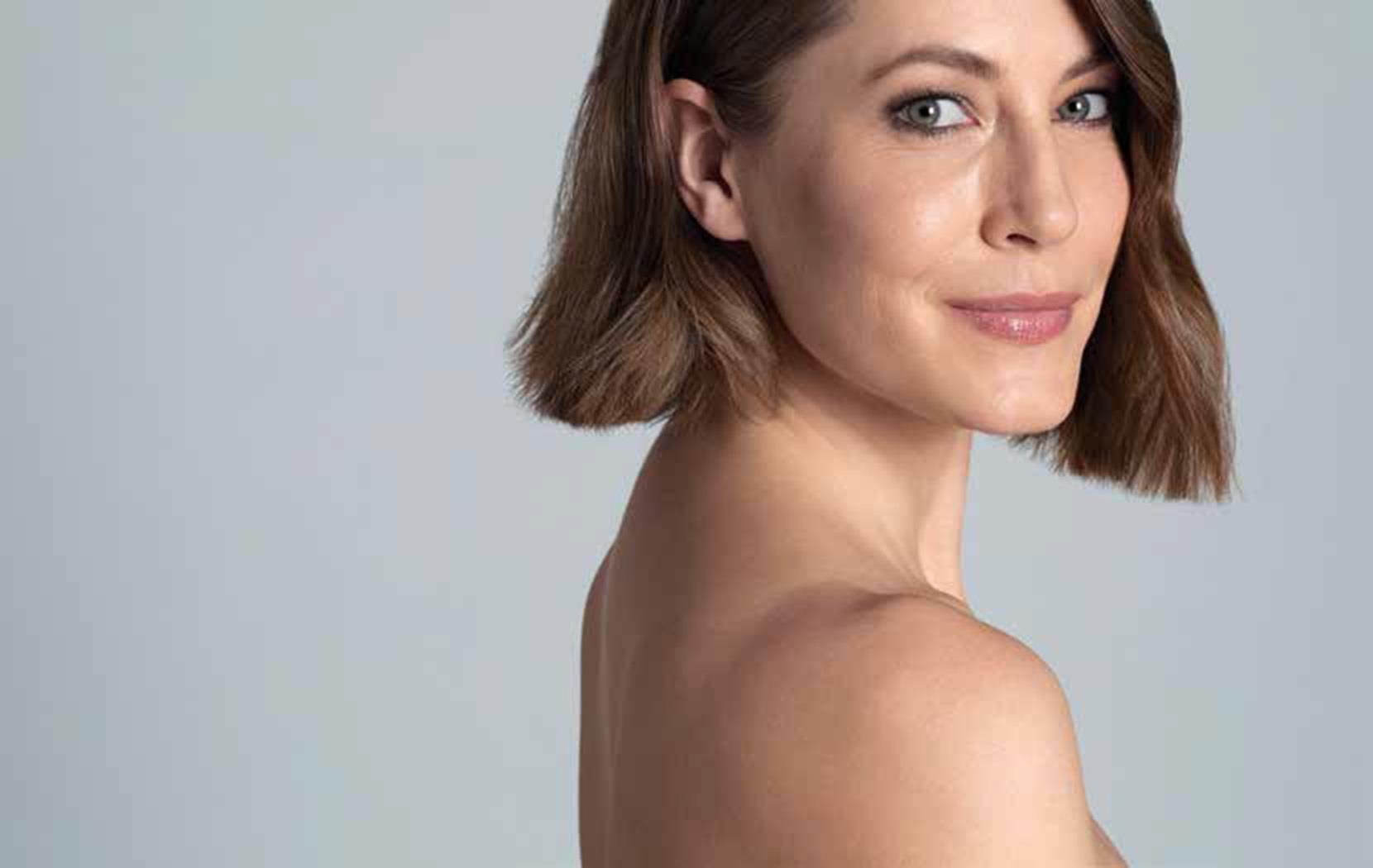
With so many different formulas available today, reading a sunscreen label can feel like deciphering a foreign language. Whether you’re lying on the beach or sledding in the snow or just standing by the window at your office—you are exposed to UV radiation. This is why sun protection should be a year-round responsibility and finding the right product for your client's skin is crucial.
Different types of UV radiation
While red, itchy and swollen skin is an immediate, visible consequence of unprotected UV exposure, the harm goes much deeper. UV radiation can damage the DNA in skin cells, which leads to discolouration, deep wrinkles, damaged skin texture and, potentially, skin cancer.
There are three main categories of ultraviolet radiation:
• UVA: UVA rays can penetrate through clouds, smog and glass and lead to premature skin ageing and cancer.
• UVB: This type of radiation is responsible for the colour change and the “burning” of the skin after sun exposure.
• UVC: Luckily, there’s one of type of UV rays that you don’t need to worry about. UVC radiation is completely absorbed by the Earth’s atmosphere and can’t cause any damage to your skin.
The ultimate goal of any SPF product is to offer protection against UVB and UVA rays.
How sunscreen works
To understand the systems used to rate different SPF products, it’s important to understand how sunscreen works to protect skin.
Sun protection products come in a variety of forms: sprays, gels, lotions, powders and even waxes. However, there are two main types and SPF—chemical and mineral.
Chemical sunscreens contain carbon-based active ingredients that absorb UV rays when they hit your skin, convert them to heat and release it before it can penetrate the dermis and cause damage.
Mineral—also known as “physical”— sunscreens rest on top of the skin where they physically scatter and refract UV rays as opposed to chemically converting them to heat. Mineral SPF also comes in a variety of forms, from powders for invisible reapplication to liquids for full body and face coverage.
Sunscreen rating systems
One of the most familiar rating labels is sun protection factor (SPF). SPF is a measure of how long a person can stay in the sun before UVB rays start to burn the skin.
On average, skin starts to burn after 10 to 20 minutes of sun exposure. A product with a SPF rating of 20 would protect the skin from burning for about 20 times longer—200 to 400 minutes. However, sunscreen can be easily washed off with water or sweat which significantly reduces the time of protection. The Skin Cancer Foundation recommends reapplying generously every two hours or more often when swimming or sweating.
What about UVA?
PA is the grading system, used to measure the level of protection against UVA rays. The system was adapted from the PPD (persistent pigment darkening) method and was first used in Japan.
PDD was developed by testing various skin types, all exposed to UVA light. Every test subject was analysed on how long it took for their skin to tan and then the results were compared between unprotected and protected skin.
In theory, a sunscreen with PPD rating of 10, would allow the skin 10 times as much UVA exposure than unprotected skin. Unfortunately, the system proved to be inconsistent as there is no standardised way to compare PPD scores.
It is important to know that although almost every suncare product boasts a PA+++ protection rating, only five countries in the world use standardised UVA testing: Germany, United Kingdom, Japan, United States and Australia.
The PA+ ratings are as follow:
• If a product’s PPD =2 to 4, PA = PA+
• If a products PPD = 4 to 8, PA = PA++
• If a product PPD = 8 to 16, PA = PA+++
• If a product’s PPD = 16 or higher, PA = PA+++
Which PA is ideal?
PA+ means that a suncare product provides some protection against UVA radiation, PA++ provides moderate protection, PA+++ offers the highest protection against UVA damage. PA++++ is a recently introduced rating in certain countries and it offers PPD protection of 16 and above. However, this is still a rare rating as very few products offer this level of protection.
What about broad-spectrum?
If a sunscreen offers protection from both UVB and UVA radiation, it qualifies as broad-spectrum. Ideally, you should be looking for products with close SPF and PA+ ratings, if not the same. For pigmentation concerns, the UVA protection factor is especially important. Finally, applying enough sunscreen and reapplying every two hours is just as important (if not more) than using a product with high protection ratings.
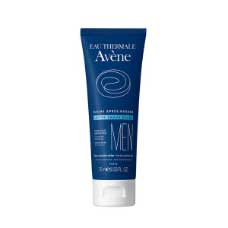
 Added to basket
Added to basket

 Unapplied Changes
Unapplied Changes


